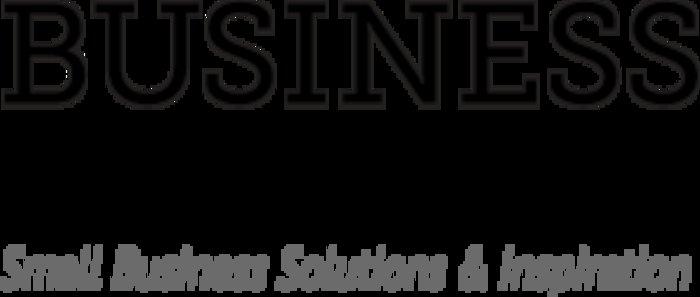Here are a few easy ways to narrow your search when you’re sifting through the long list of potential HR software providers for your company.
1. Features
The most important step in shopping for HR software is to identify the features your company needs. Before you can effectively compare service providers and pricing, you have to know which features you want. That means taking a close look at every aspect of your current HR process — onboarding, offboarding and everything in between — to determine what’s working well and what’s not.
While most HR software platforms offer all-in-one packages to handle every task that falls to your human resources department, many platforms are highly customizable, so you can keep your existing health insurance and 401(k) benefits if that’s what you prefer.
2. Budget
Once you’ve decided on features, narrow your search by cost. If you’re looking for an all-in-one provider with standard pricing options, you can easily whittle down the field by eliminating the handful of companies without transparent pricing. On the other hand, if you’re searching for a tailored solution that will allow you to use some of your existing software partners while adding new tools, you can quickly eliminate many of the providers that only offer specific packages with set pricing.
3. Customer Service and Reviews
Once you have your desired features identified and the potential costs relatively even among your remaining options, it’s time to consider the level of support you expect. We’ve combined customer service and reviews into a single consideration because we think they tell the same story. While you always have to take customer reviews with a grain of salt — knowing that you’re most likely seeing the very best and very worst experiences rather than the average customer’s opinion — it’s still valuable to be able to judge a software provider based on its highest and lowest performance.
During the sales process, you’re likely to encounter incredibly friendly and helpful service, but will that positive experience continue a few months down the line? If not, customer reviews are where you’ll find that important piece of information. However, if you have an experienced HR team on staff, you may not run into the same issues other customers are having. If you don’t have access to full-time HR staff, you may want to prioritize access to a customer support manager who is dedicated solely to your company.
4. User Interface
We found all the HR software options that we selected as top picks to be relatively user-friendly, but they all offer a somewhat different user interface and experience. Some HR software vendors offer free trials or limited free plans that allow you to test out the platform for yourself. Many of the ones that don’t offer free trials have some form of interactive product tour, which will still let you explore the user interface. When reviewing each HR software’s user interface and navigability, think about the skill level and average experience of your employees. Certain HR softwares offer a lower learning curve for less tech-savvy teams or those new to HR software.
5. Integrations
Don’t forget about integrations. If there is a communication tool, time tracking program, accounting software, or any other supplemental HR tools that you’d like to use alongside the new software, double-check that they integrate with your top choices. Most of the top HR softwares integrate with the major business software programs like QuickBooks, Google Suite, Asana and Microsoft Office. However, each software has its own integration marketplace and it’s best to make sure before you commit to a specific HR software.
Read the full article here










